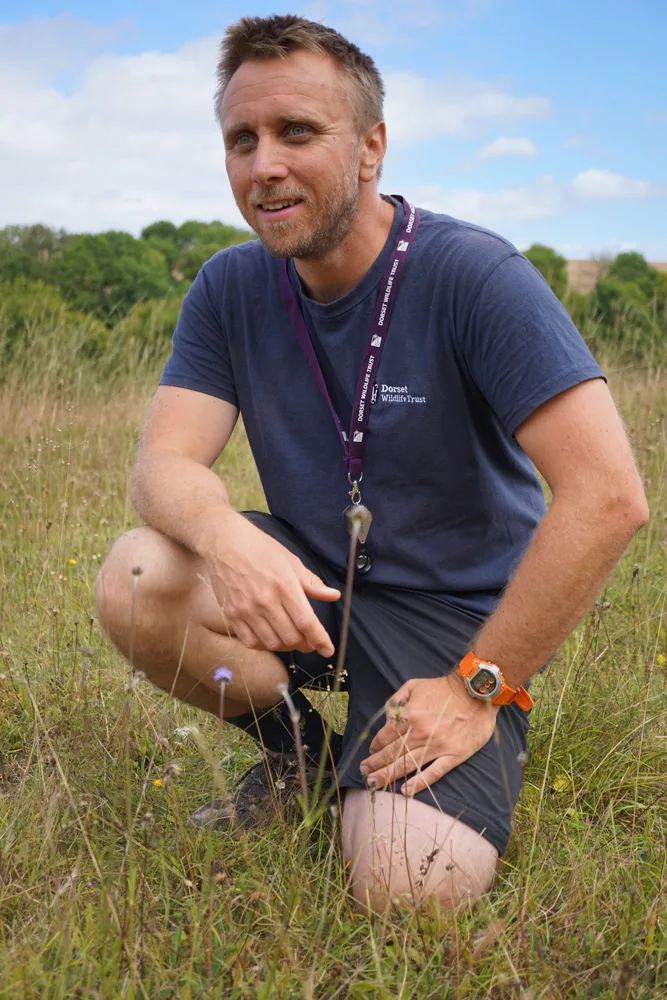Zoologist Steve Masters is helping Dorset’s bats fight back against their spooky reputation – with harp traps and a passion for hand-winged wonders
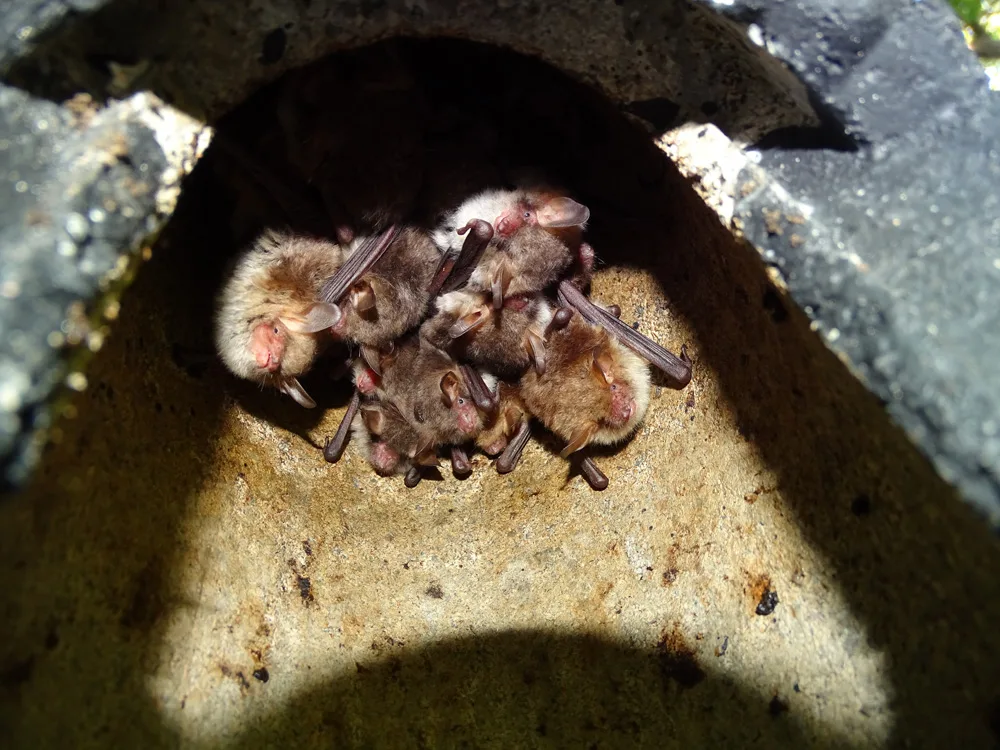
© Lizzie Parris
Blood-sucking fiends … harbingers of disease … witches’ familiars … Bats have long had a branding problem and for centuries have been cast as villains – feared and misunderstood. Zoologist and conservationist Steve Masters is on a mission to shine a light on our essential nocturnal navigators.
Dorset is one of the UK’s richest bat habitats, home to 16 of the 17 native breeding species – 18 if you count the greater mouse-eared bat, which overwinters in the southeast. As part of his role as Reserves Ecological Manager, Steve’s been working for the wildlife charity to conserve and study Dorset’s bat population.
By day, there’s hundreds of bat boxes across DWT reserves to check. By night, in conjunction with a committed cohort of volunteers from the Dorset Bat Group, Steve camps out, running bat surveys. ‘I love being out on reserves at night,’ he says. ‘It’s a whole different world. Using a bat detector, I can hear the bats’ echo-location – it’s an incredible chatter of different calls.’
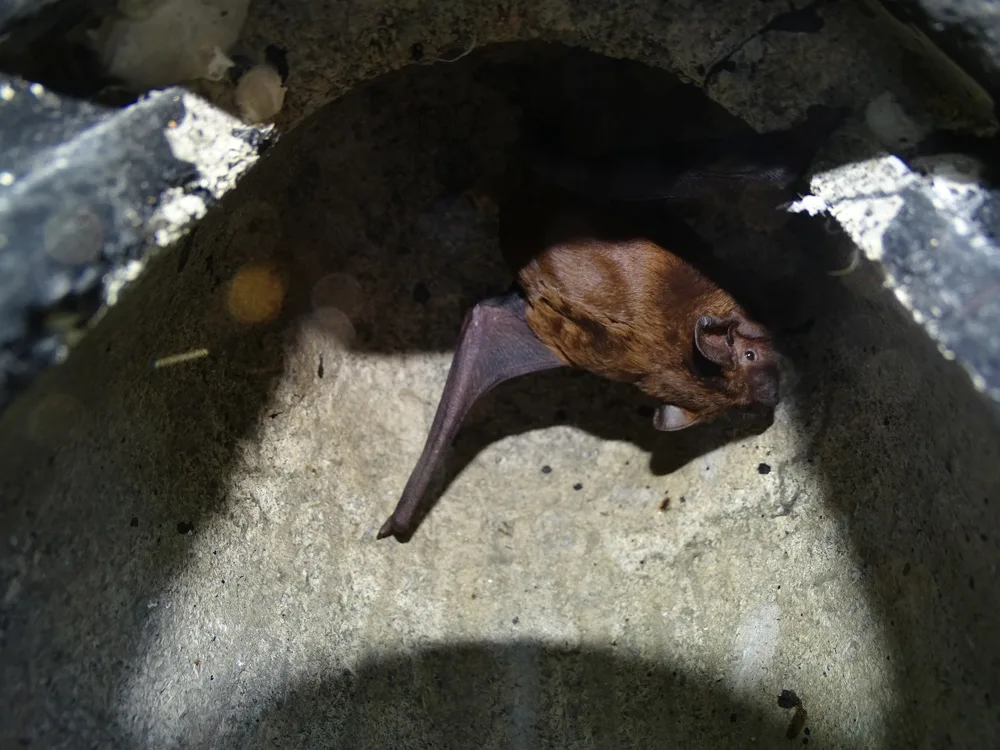
© Lizzie Parris
The experienced team, who must be licensed to handle and trap the protected species, painstakingly rig up harp traps, so-called because they resemble the musical instrument. From a bar, strings hang down to catch the bats, which then slip down into a bag below. From here, the bats can be checked to discover their sex, age, whether they’ve bred and what species they are.
‘Most exciting is there’s still so much to be discovered,’ says Steve. ‘We still don’t really know where a lot of Pipistrelle bats overwinter, or the ecology of the rare grey long-eared bat. And new bat species are still being identified all over the world.
‘I find them fascinating – I think it’s their body structure. The fingers are integrated into the wing and attached to the elbow. Their scientific name is Chiroptera, meaning “hand wing”. It’s just amazing how they’ve evolved.’
Dorset via South America
Steve has always had a passion for wildlife. Growing up on a farm in Frampton, his childhood was spent outdoors digging for worms and catching beetles. After A-levels, a stint labouring gave him enough money to travel. Exploring the wonders of South East Asia, North America and New Zealand, he fell even more in love with the natural world. ‘I knew I wanted to work in conservation, out in the field. I came home and studied for a Zoology and Conservation Degree at Bangor University.’
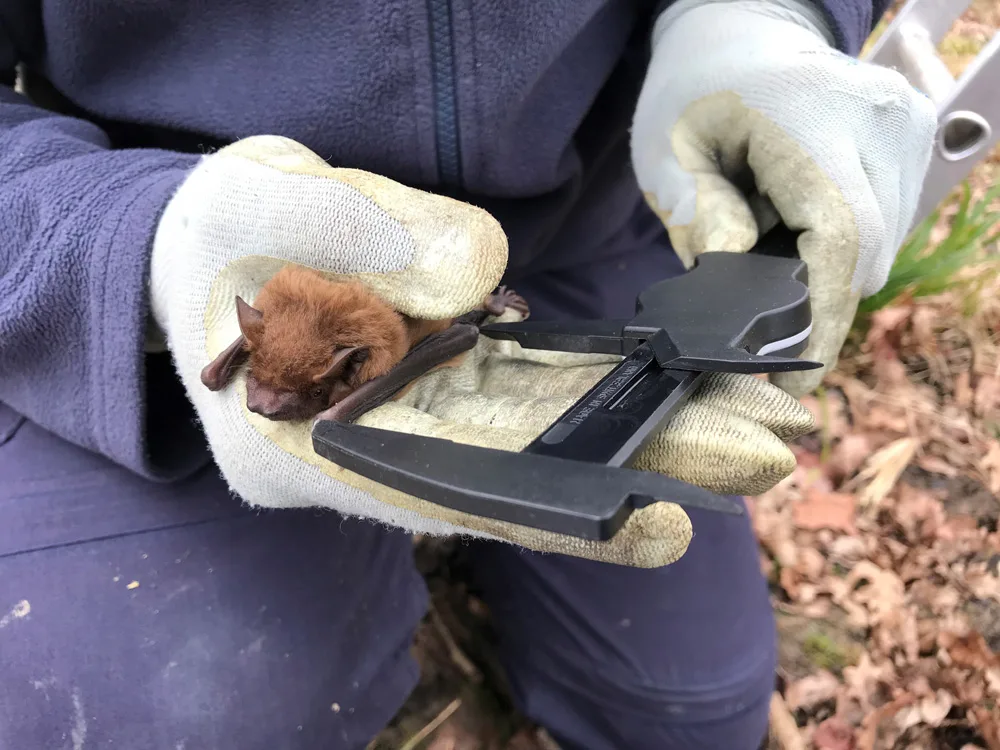
An ecological project in Ecuador followed, tracking the elusive Andean spectacled bears. ‘I lived in the cloud forest in Northern Ecuador for three months, triangulating the positions of these wonderful bears. I couldn’t resist the chance to visit the Galapagos too – I stuck it on a credit card and went. I was too close not to visit!’
Even with his qualifications and such global field experience, Steve had to earn his stripes in Dorset by volunteering, first at RSPB Arne and then at sites in East Dorset. He worked on the Somerset Levels Breeding Wader census and with the Dorset Bat Group. ‘That’s when I became hooked on bats,’ he says. ‘I helped with the National Bechstein’s Project* to discover more about a rare woodland bat.’
Paid science and conservation research contracts followed. Finally, in 2011, his dream job arrived with Dorset Wildlife Trust.
‘I love working for an organisation that has the same aspirations as me – tackling climate change, increasing biodiversity and wildlife across our home county. Dorset is probably one of the most biodiverse counties in the country. Though I would of course still love to travel and discover more new bat species in South America, helping to conserve the place I grew up – for my children, and for others – is truly rewarding.’
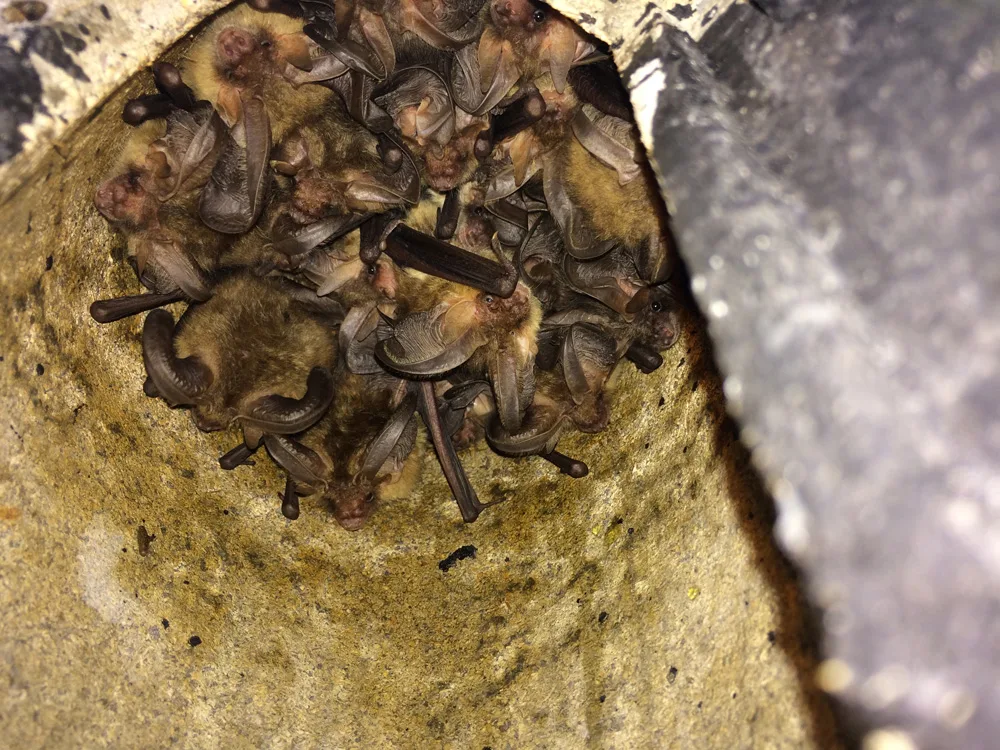
© Anges Szego
- A 2007-2011 Bat Conservation Trust project to map the distribution of the rare Bechstein’s bat in England and Wales, identify its habitat and gather data to inform conservation policy.
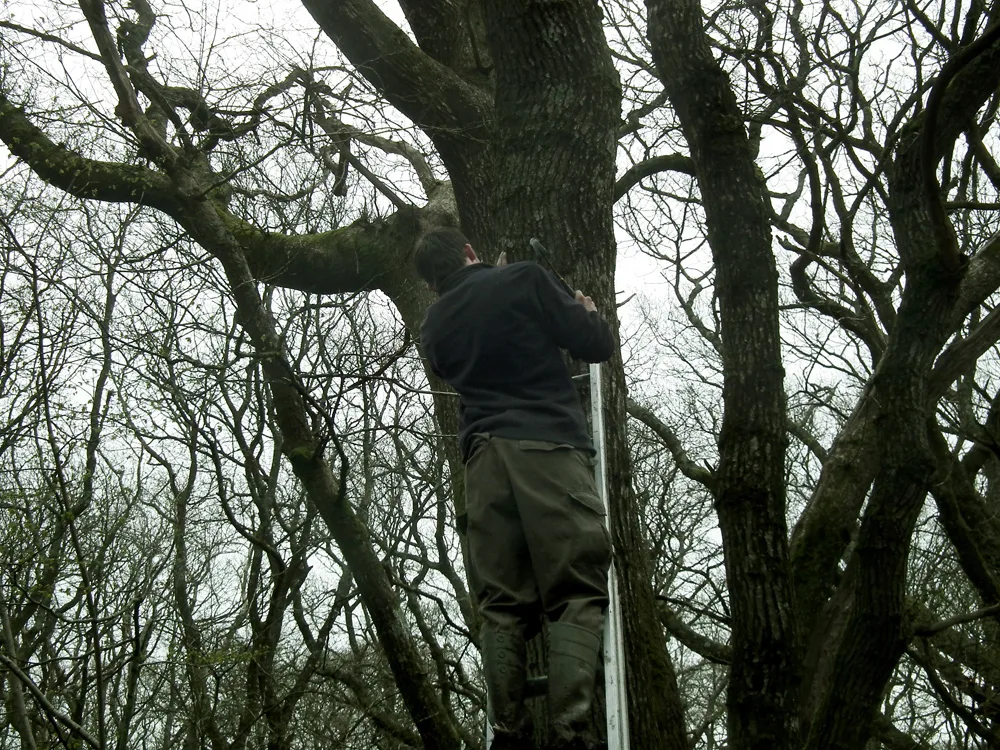
Quickfire questions for Steve:
A-list dinner party guests?
I dislike dinner parties so it would be a barbecue. I’d invite the Dalai Lama for spiritualism, Albert Einstein for science, and for the natural world, American ecologist Edward O Wilson, author of my favourite book The Diversity of Life.
Books by your bedside?
It’s a bit niche: British Ecological Society magazine! Also, Wonderful Life: The Burgess Shale and the Nature of History, by Stephen J Gould, and Mississippi Solo by Eddie L. Harris
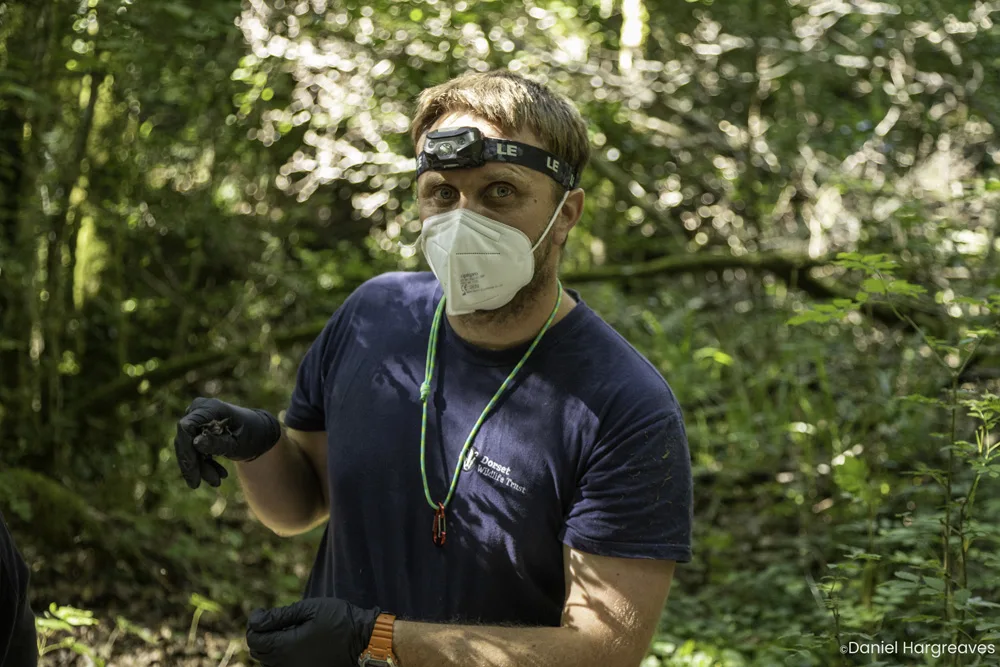
Bat-tling the myths!
‘Bats suck blood’ – only three of more than 1,400 bat species feed on blood, and none live in the UK.
‘Bats get tangled in your hair’ – bats are expert navigators using echolocation: they’re not interested in your hairstyle.
‘Bats live in dirty places’ – many roost in trees, buildings and bat boxes. They’re clean and they groom themselves regularly.
‘Blind as a bat’ – many bats have excellent eyesight and up-close, they’re surprisingly cute.
Bats can consume more than 3,000 mosquitoes, beetles, moths and flies a night. With insect populations on the decline, help improve their food larder by planting flowers that attract moths, have water and a wild area in your garden, and avoid artificial lighting.


